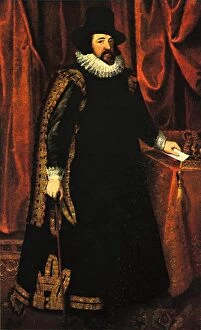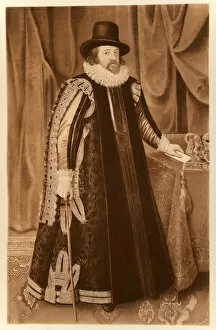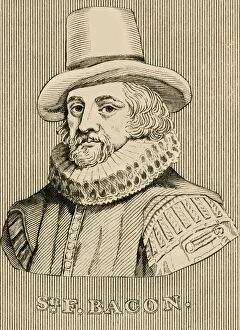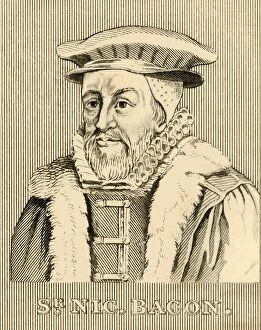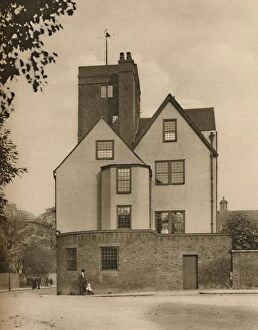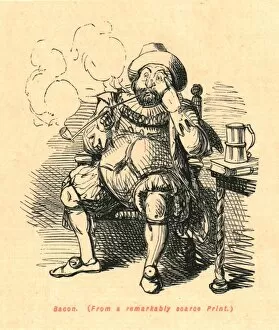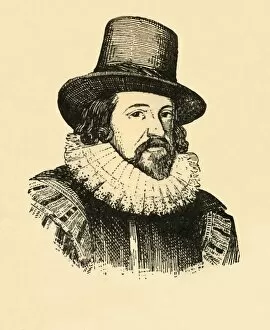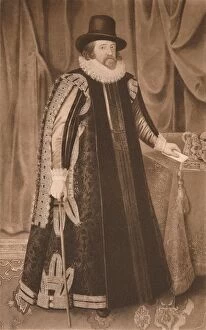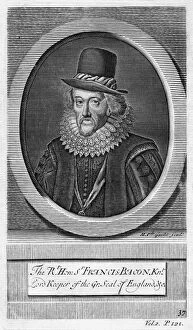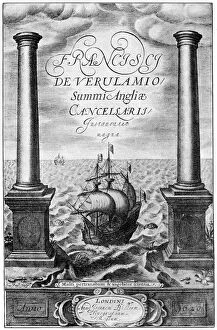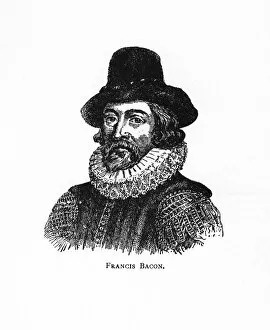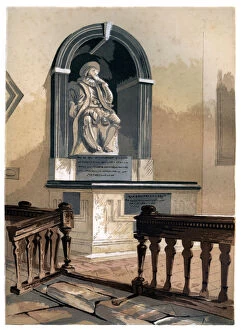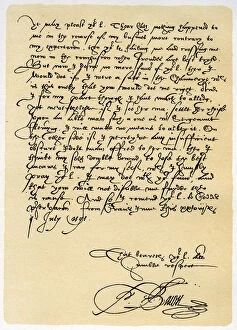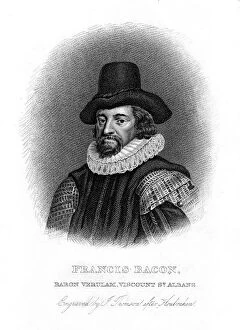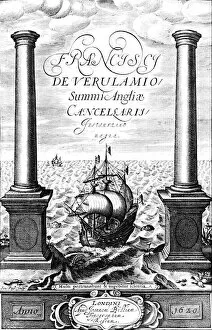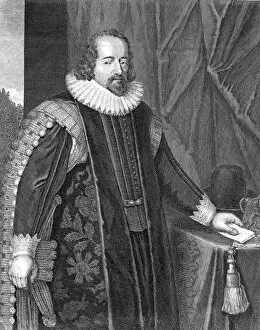Viscount St Albans Collection
"Viscount St Albans: The Legacy of Francis Bacon and the Royal Society" Francis Bacon, Viscount St Albans, was a prominent figure in the court of James I and VI
For sale as Licensed Images
Choose your image, Select your licence and Download the media
"Viscount St Albans: The Legacy of Francis Bacon and the Royal Society" Francis Bacon, Viscount St Albans, was a prominent figure in the court of James I and VI. Known for his contributions to philosophy, science, and statesmanship, he left an indelible mark on history. The Royal Society owes its existence in part to Bacon's vision. As depicted in the frontispiece to Thomas Sprat's "The History of the Royal Society, " Bacon's influence is evident as scholars gather around him, eager to explore new knowledge. Bacon came from a distinguished lineage. His father, Sir Nicholas Bacon, served as Lord Keeper during Queen Elizabeth I's reign. A portrait from 1784 captures Sr Nicolas Bacon's dignified presence. Pathfinders like Sir Francis Bacon paved the way for scientific progress. An illustration from 1922 depicts him surrounded by symbols representing his intellectual pursuits. Canonbury Tower stands as a testament to history transformed into a social club. This old manor house once witnessed gatherings where ideas were exchanged and debated – perhaps even some inspired by Viscount St Albans himself. Artistic interpretations of Francis Bacon abound throughout time. From John Leech's scarce print in 1897 to an intriguing depiction from 1933, these images capture different facets of his complex persona. A striking portrait by Paulus van Somer showcases Viscount St Albans' regal appearance circa 1600. Meanwhile, G Cooke immortalized him with a monument at St Michaels Church in Hertfordshire – a tribute fitting for such an influential figure. Sir Francis Bacon remains an icon who shaped our understanding of philosophy, science, and governance. His legacy lives on through institutions like the Royal Society and continues to inspire generations striving for knowledge and progress.

